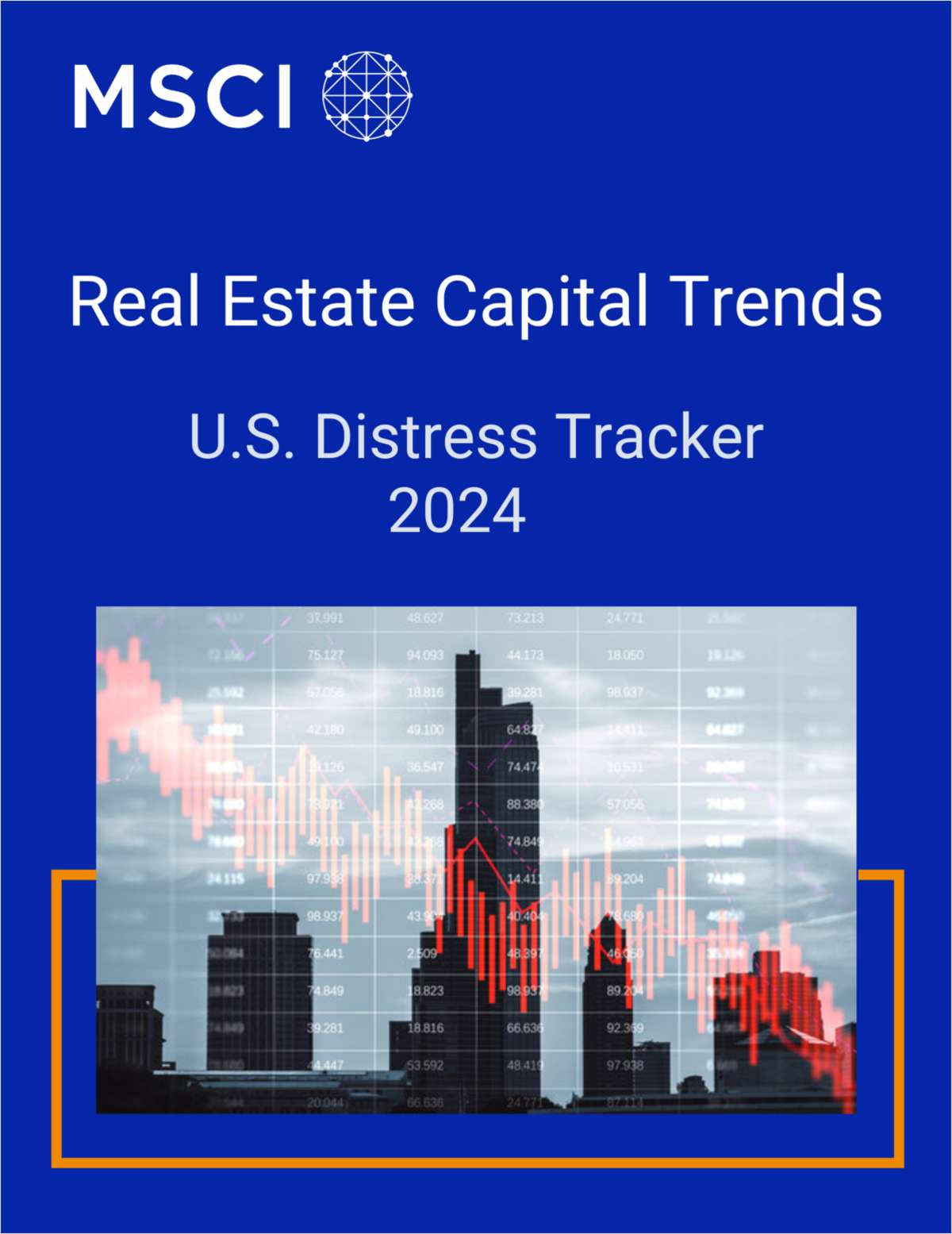Markets tend to myopia in times of extreme optimism. Rising prices fuel a brighter outlook, drawing additional capital and more favorable credit terms. For a moment, a market’s momentum can overwhelm the inertia of rational behavior. Prices decouple from fundamentals. This pattern might describe any sector. In specifically describing the last decade's upswing and downturn in commercial real estate, property markets have earned their peerage with other mainstream asset classes over the last decade.
Leading up to the peak of capital inflows to the sector, the assessment of risks associated with lending against commercial property adjusted in favor of current metrics and away from long-term cyclical measures. Some lenders offered credible arguments that structural changes in the industry meant that more recent data was more relevant. For other lenders, the bias in default and loss expectations did not reflect a greater tolerance for risk; in many cases, it simply reflected a basic mismeasurement of those risks in a worldview where defaults and losses could be obviated by the resilience of a positive and uninterrupted pricing trajectory.
In the early stages of the commercial property boom, regulators and policy makers voiced concerns about the industry's capacity to measure and mitigate attendant risks. These concerns were difficult to quantify, and remain so. As Brad Case pointed out in a 2003 white paper prepared for the Federal Reserve's work on Basel II, "An especially challenging limitation has been the paucity of loan-level data covering multiple CRE credit cycles." These data limitations continue to confound the modeling of default and loss at the full range of regulator bodies, research firms, and ratings agencies.
Continue Reading for Free
Register and gain access to:
- Breaking commercial real estate news and analysis, on-site and via our newsletters and custom alerts
- Educational webcasts, white papers, and ebooks from industry thought leaders
- Critical coverage of the property casualty insurance and financial advisory markets on our other ALM sites, PropertyCasualty360 and ThinkAdvisor
Already have an account? Sign In Now
© 2024 ALM Global, LLC, All Rights Reserved. Request academic re-use from www.copyright.com. All other uses, submit a request to [email protected]. For more information visit Asset & Logo Licensing.








